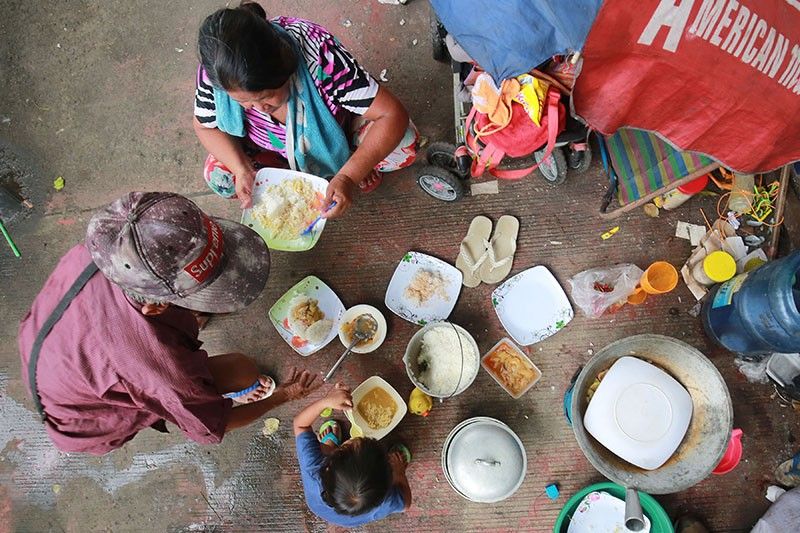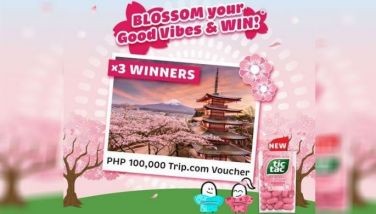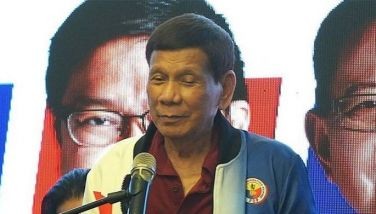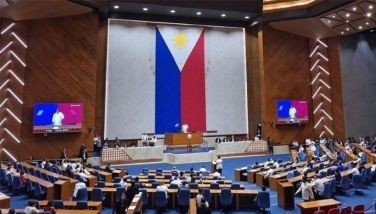Number of hungry families double during pandemic — survey

MANILA, Philippines — The number of Filipino families that went hungry nearly doubled in the past three months amid the coronavirus disease 2019 (COVID-19) pandemic, according to the latest survey by the Social Weather Stations (SWS).
The SWS COVID-19 mobile phone survey, taken from May 4 to 10, showed that 16.7 percent, or an estimated 4.2 million families, experienced involuntary hunger – due to lack of food – in May this year, up from 8.8 percent, or around 2.1 million families, in December 2019.
The May 2020 hunger rate was the highest since the 22 percent, or an estimated 4.8 million families, in September 2014, the SWS noted.
Hunger rose in Metro Manila to 20.8 percent, or about 693,000 families, in May 2020, from 9.3 percent (estimated 307,000 families) in December 2019.
It increased from 6.3 percent, or around 688,000 families, to 12.6 percent, or about 1.4 million families, in balance Luzon.
Hunger incidence also went up in the Visayas to 14.6 percent, or an estimated 685,000 families, from 9.3 percent, or approximately 436,000 families in December last year.
In Mindanao, it grew to 24.2 percent, or about 1.4 million families, from 12.7 percent or an estimated 709,000 families.
SWS said hunger was higher among those who had fewer years of formal schooling: it was 21.1 percent among non-elementary graduates and 24.4 percent among elementary graduates, compared to 16.5 percent among high school graduates and 6.9 percent among college graduates.
Meanwhile, the survey also found that almost all families, or 99 percent, received food-help since the beginning of the COVID-19 crisis, most commonly from the government.
Government was the most common source of food-help at 99 percent, followed by relatives at 22 percent, private groups or institutions like churches and non-government organizations at 16 percent, friends at 10 percent and private individuals at eight percent, the SWS said.
The SWS May 2020 COVID-19 mobile phone survey was conducted using mobile phones and computer assisted telephone interviewing of 4,010 working-age Filipinos, 15 years old and above, nationwide.
There were 294 respondents from the National Capital Region, 1,645 from balance Luzon (or outside Metro Manila), 792 in the Visayas and 1,279 in Mindanao.
Palace ‘saddened’
Malacañang is saddened by the survey results showing millions of Filipinos have gone hungry during the worldwide pandemic.
“We are saddened by that, and that’s why we are doing everything to help our citizens. We wish to avoid that kind of sad news,” presidential spokesman Harry Roque Jr. said in Filipino yesterday.
Roque said the government is doing its best to provide some relief and cash assistance to millions of Filipinos affected during the pandemic.
He was referring to the social amelioration program that was intended to cover 18 to 23 million families for the first tranche of assistance. Christina Mendez
- Latest
- Trending






























